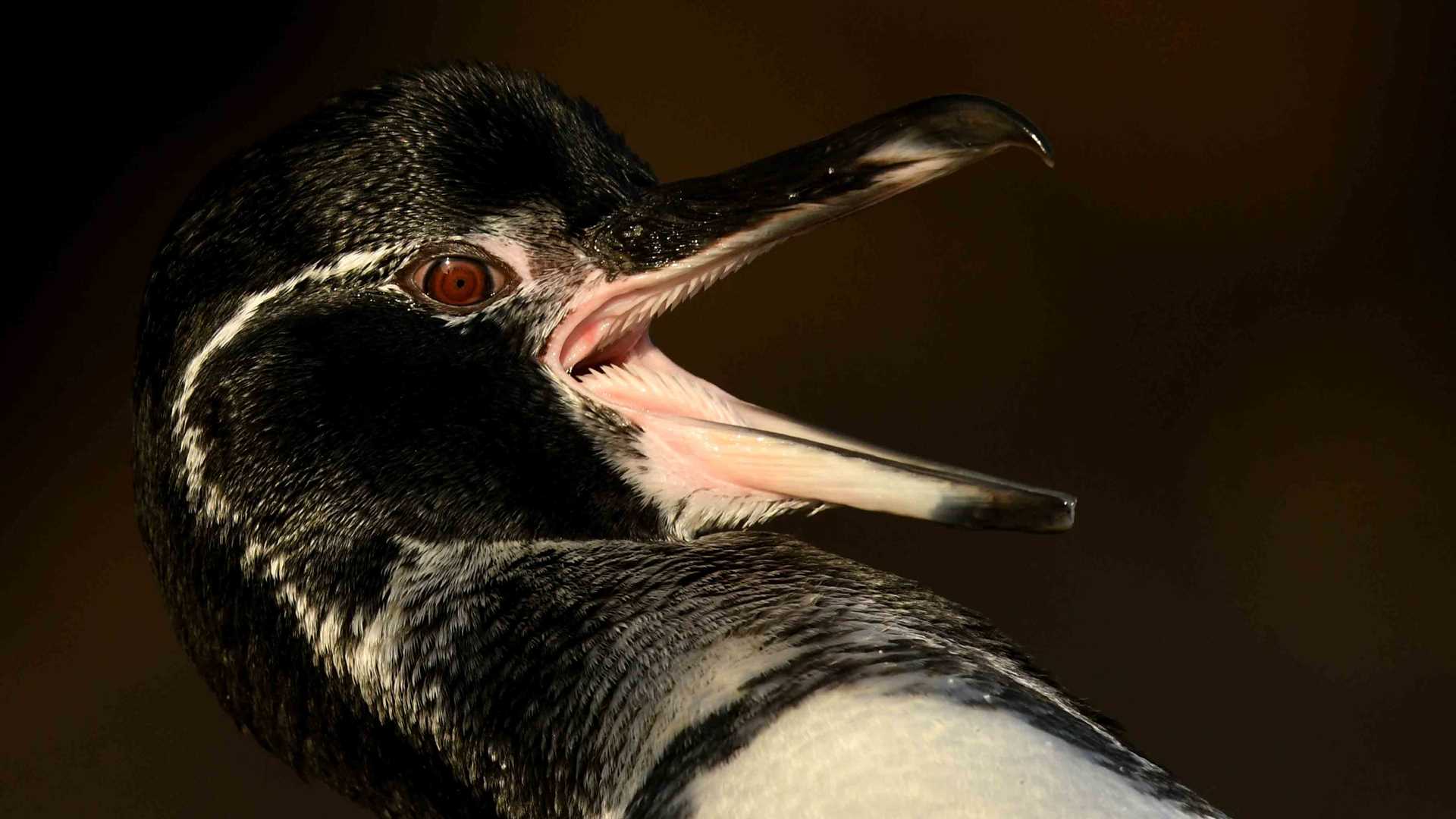This morning we anchored on the western side of Isabela Island, one of the biggest of the 17 islands forming this archipelago. The first place we visited was Urbina Bay, where our guests explored all the beauty of this magnificent visitor site with short and long hikes. it is a very new, uplifted area that came up to 5 meters above sea level in 1954 and covered 5 kilometers along the shoreline. During this event, a great number of marine creatures like sea turtles, sea urchins, lobsters, sharks, and many other creatures perished and fossilized. Nowadays, as we walk along the trail, it’s colonized by large coral heads with vegetation.
Further along the path, this place offers good opportunities to spot wildlife like large land iguanas, many types of sea birds, and occasionally giant tortoises.
Land birds are also everywhere here, from Darwin’s finches, Galapagos hawks, warblers and Galapagos mockingbirds to some waders and sea birds like the unique flightless cormorants and penguins. After the exploration, we came back to the beach where some of our intrepid guests cooled off in the water.
After a delicious Ecuadorian lunch, we headed to another location on Isabela called Tagus Cove, a legendary place visited by pirates, privateers, and whalers in the 1870s. This area was also visited by naturalist Charles Darwin. Once there, some of our guests started kayaking along the shore of the tuff formation, regularly spotting sea birds like penguins and cormorants resting or nesting. Others came to paddleboard, while the rest went to snorkel along the coast. The ocean was clear, with good visibility and perfect light conditions.
Green sea turtles are abundant and incredibly friendly here, penguins also came very close by as they followed small fishes. Cormorants were fishing, getting octopus or small creole fish; we spotted many types of tropical fish and the benthonic life on the rocks, such as sea fans, anemones, barnacles, sea stars and sea urchins were just amazing.
The adventure continued for some, going on a power hike to a small elevation from where you can see a saltwater lake in an old crater. Mostly made of ash and surrounded by local vegetation, the water inside is twice as salty as the ocean. Some other guests just decided to take it easy and went on a Zodiac ride to look for the amazing animals that usually hang on the rocks and swim close the shore, where it’s possible to see and take photos of them easily. The highlights during the Zodiac ride were finding a couple of flightless cormorants mating, and then a school of hundreds of common dolphins jumping around us.
A few minutes before the sun went down, we stopped our Zodiac, turned the engine off, and in complete silence we appreciated the sound of nature. We enjoyed the breeze of the ocean touching our faces, while the last rays of the sun lit the sky, painting the clouds with vibrant orange-reddish colors. It was a magical adventure, one of those days that will stay in our memories for a long time.







